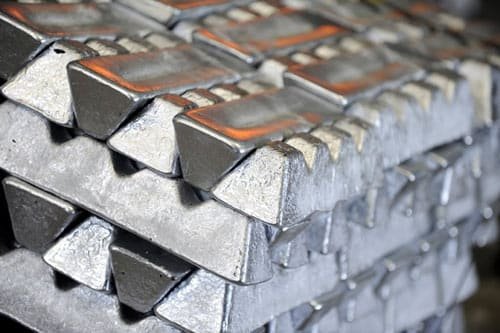Aluminium prices decline -0.32% to 205.45, driven by China’s aluminium output in December 2023. Which is expected to be around 3.6 million tonnes, representing a 2.1% increase over the previous month and a 3.5% increase over the same month last year.
It is anticipat that 2023 will see 41.5 million tonnes of annual output, a 3.6% increase over 2022. Due to a dry season, Yunnan province had to reduce production in November. But this had no effect on output in December.
By the end of 2023, China’s domestic aluminium output had increased to about 42 million tonnes, a 3.88% rise from 2022.
The China Construction Bank was one of the state banks that received a CNY 350 billion loan from the PBoC. Which affected the amount of base metals, including aluminium, that was purchased.
Global alumina output in November was 11.858 million tonnes, down 1.9% from the revised figure from the previous month. According to the International Aluminium Institute (IAI). With 3.488 million metric tonnes produced in November, China increased its output of aluminium by 4.6% over the previous year.
From January to November, 37.946 million metric tonnes of aluminum were produced, indicating a 3.6% increase compared to the same period in the previous year.
From a technical perspective, the market saw new selling, as open interest increased by 0.12% to 4257 and aluminium prices decline by -0.65 rupees.
Support for aluminium is found at 204.5; a breach below could trigger a test of the 203.3 levels. Prices may move towards 207.5 if they move above the expected resistance level of 206.6.
